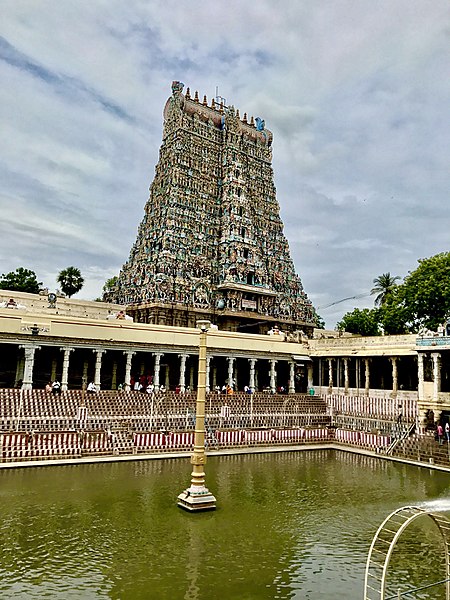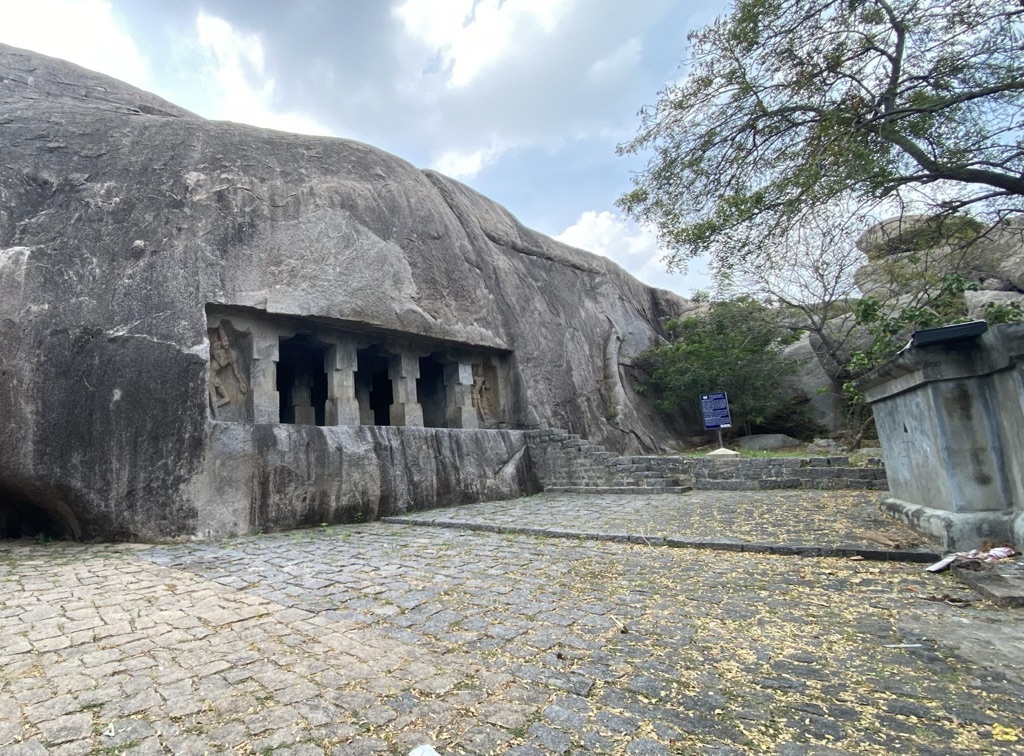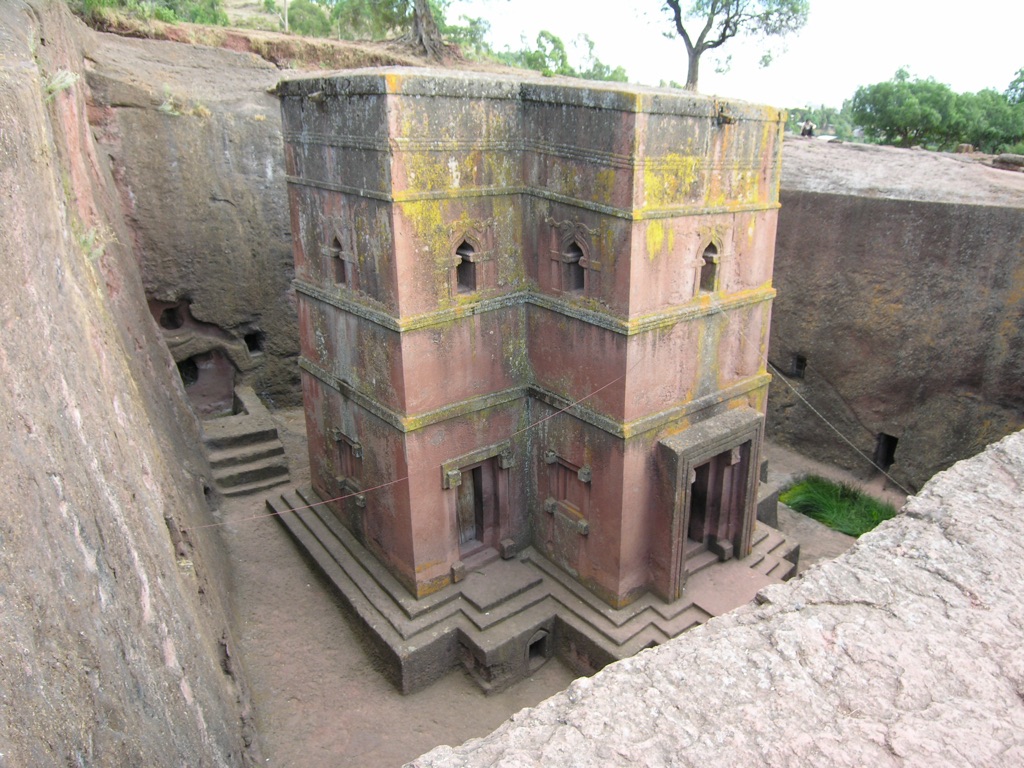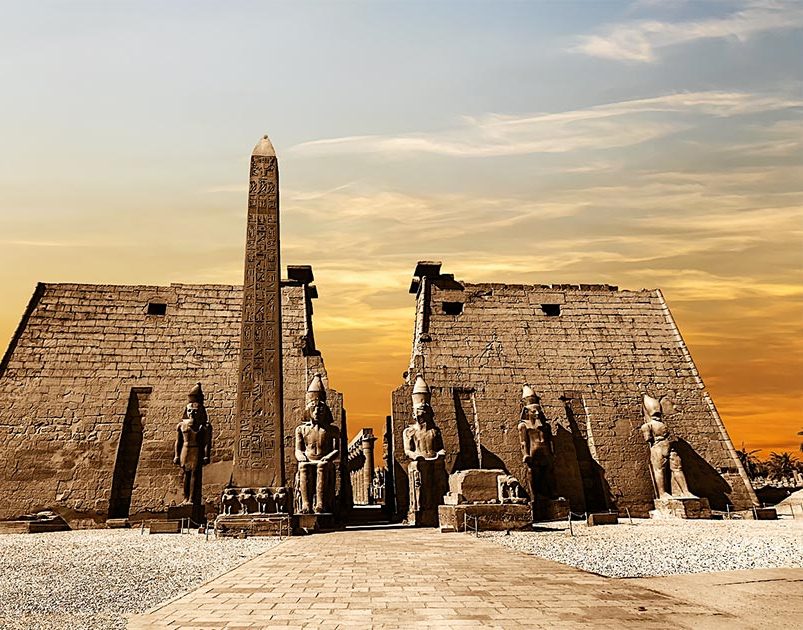The Luxor Temple is a magnificent ancient Egyptian temple complex located on the east bank of the Nile River in the city now known as Luxor (ancient Thebes). Renowned for its grandeur, the temple was dedicated to the rejuvenation of kingship; it might have been where many of the pharaohs of Egypt were crowned. Constructed primarily by Amenhotep III and Ramses II, this temple has stood for thousands of years as a testament to the religious and political might of the pharaohs. It has served as a place of worship, a part of the city’s infrastructure, and a historical touchstone for scholars and tourists alike.
Religious Structures

Meenakshi Amman Temple
The Meenakshi Amman Temple is not just a place of worship; it is a grand symbol of Indian architecture and spirituality, captivating visitors with its intricate carvings and towering gopurams (gateway towers). Nestled in the heart of Madurai, Tamil Nadu, this historic Hindu temple is dedicated to Goddess Meenakshi, a form of Parvati, and her consort, Lord Sundareshwar, a form of Shiva. The temple’s sprawling complex is a labyrinth of sacred halls, shrines, and water bodies, showcasing a rich tapestry of myths and legends. Each stone and sculpture tells a story, creating a profound narrative that is woven into the very fabric of Indian culture.

Abu Simbel Temples
The Abu Simbel temples, carved from solid rock in southern Egypt’s ancient times, stand as an awe-inspiring testament to pharaonic grandeur. Constructed during the reign of Pharaoh Ramses II, these colossal structures were not only intended to demonstrate his power but also to revere the gods. The temples’ intricate designs, with massive statues guarding their entrances, continue to draw visitors worldwide, captivated by their ancient splendor and the technical ingenuity of their creators.

Masroor Rock Cut Temple
The Masroor Rock Cut Temple stands as a testimony to North India’s bygone era. Nestled in the Kangra Valley of Himachal Pradesh, this enigmatic complex boasts 15 monolithic temples. They are shrouded in the lore of the Pandavas from the epic Mahabharata. Most striking is the temple’s detailed carvings, resembling the grandeur of the Ellora Caves. This architectural marvel mirrors elements of Indian mythology, with idols of deities like Lord Ram, Sita, and Lakshman gracing its chambers. Travelers flock to marvel at the temple’s unique blend of Indo-Aryan style and to unravel its historical mysteries.

Mandagapattu Temple
The Mandagapattu Temple is a celebrated historical site that marks an important evolution in South Indian temple architecture. Carved out of a rock face, this Hindu temple is a fine example of early Pallava art and showcases a unique blend of religious and cultural influences. Unlike the later Dravidian temples with towering gopurams, the Mandagapattu temple’s charm lies in its simplistic yet intricate carvings and the absence of deities in its sanctum at its time of conception. This landmark is believed to be the brainchild of King Mahendravarman I, who initiated the practice of rock-cut architecture in the region.

The Zagwe Dynasty Lalibela Churches in Ethiopia
In the heart of Ethiopia stands an unparalleled marvel of human creativity – the Lalibela Churches. This series of eleven monolithic churches, carved out of rock in the 12th century, showcases a blend of engineering prowess and spiritual significance. Each church, distinct in its design, was chiseled from a single block of granite, with intricate windows, doors, and roofs. The construction technique remains a mystery to this day, leaving many in awe of the architectural genius displayed here. Known collectively as the ‘New Jerusalem’, the site holds immense religious meaning and is an active place of worship, drawing pilgrims from around the world.

